Schizophrenia is a complicated and serious mental illness that affects millions of people around the world. Even though schizophrenia is common, many people don’t understand it, which leads to a lot of stigmata. This guide’s goal is to give a complete picture of schizophrenia, including its symptoms, common myths, and the different ways to diagnose and treat it. We can work towards removing the stigma around this condition by helping people understand it better.
What are the main signs of schizophrenia?
The Diagnostic and Statistical Manual of Mental Disorders, Fifth Edition (DSM-5), says that to be diagnosed with schizophrenia, you need to have at least two symptoms from these five groups. These symptoms must substantially hinder social or occupational functioning.
1. False beliefs
Delusions are false beliefs that don’t change, even when you show them evidence that goes against them. Some common delusional themes are:
Persecutory delusions are the belief that someone or something will hurt, bother, or follow you.
- Grandiose Delusions: The idea that you are famous, rich, or have special skills.
- Thought Broadcasting: The idea that other people can hear your private thoughts.
- Control Delusions: the idea that an outside force is controlling what you think or do.
- Somatic Delusions: Worries about health and organ function, like thinking you have a serious illness even though doctors say you don’t.
- Referential Delusions: The conviction that specific gestures, remarks, or contextual signals (e.g., news events, song lyrics) are aimed exclusively at oneself.
2.Hallucinations
Hallucinations are experiences that feel like perceptions but happen without any outside stimulus. They are clear and vivid, just like normal perceptions, and you can’t choose to have them. Auditory hallucinations are the most common type of hallucination in schizophrenia, but they can happen in any sensory modality.
- Hearing voices or other sounds that aren’t there is an auditory hallucination.
- Visual hallucinations are when you see things that aren’t there, like people, objects, or lights.
- Tactile Hallucinations: Feeling things on the skin, like being touched, without a real reason.
- Olfactory Hallucinations: Smelling things that no one else can smell.
- Gustatory Hallucinations: Tasting things that aren’t there.
3.Disorganized Speech (Thinking)
Disorganised thinking is a fundamental characteristic of schizophrenia, often deduced from the person’s speech. This can make it hard to talk to each other, and it can show up in several ways:
- Derailment or Loose Associations: Going from one subject to another without a clear link.
- Tangentiality: Responding to questions with comments that are not related or only slightly related.
- Incoherence, or “word salad,” is a speech that is so disorganized that it is almost impossible to understand.
4.Very disorganized or strange motor behavior (like catatonia)
This symptom can show up in several ways, such as “silliness” like a child or sudden agitation. It can make it hard to do everyday things.
Disorganised Behaviors: This could mean acting inappropriately, like laughing at a serious event, or wearing strange clothes, like too many layers on a hot day.
Catatonic behavior is when someone stops reacting to the world around them. This can be anything from holding a stiff, strange position (catatonic posturing) to not speaking or moving at all (mutism and stupor). It can also include purposeless and excessive motor activity (catatonic excitement) or imitating another person’s speech (echolalia) and movements (echopraxia).
5. Symptoms that are bad
Negative symptoms are when normal functions that have to do with motivation, interest, and expression are missing or not working as well as they should. They are a major cause of the long-term health problems that come with schizophrenia.
- Decreased Emotional Expression (Affective Flattening): A decrease in the ability to show emotions through facial expressions, eye contact, and speech intonation.
- Alogia: A lack of speech or a decrease in speech output.
- Avolition: A decline in motivated, self-directed, intentional activities.
- Anhedonia: The diminished capacity to derive pleasure from positive stimuli.
- Asociality means not being interested in social interactions and wanting to be alone.
What to Look for in Early Signs of Schizophrenia
It’s important to know the early signs of schizophrenia so that treatment can start right away and work well. Healthcare professionals and carers need to be aware of the following signs:
- Social withdrawal or isolation: A significant decrease in social interactions and relationships.
- Decline in academic or occupational performance: A clear drop in the quality of work or schoolwork
- Strange or paranoid beliefs: talking about experiences that aren’t true or suspicions that aren’t based on anything
- Changes in how someone talks or acts: Changes in how they talk or act
- Not taking care of personal hygiene: Having trouble keeping up with proper self-care routines
- Less motivation or emotional expression: less drive and a flat affect
It is important to remember that having one or more of these signs does not mean you have schizophrenia. For an accurate diagnosis, a qualified mental health professional must do a full evaluation.
Common Misunderstandings and Myths About Schizophrenia
Even though people are more aware of mental health issues, there are still many wrong ideas about schizophrenia. To reduce stigma and spread accurate information, it is important to understand and debunk these myths.
Myth 1: People with schizophrenia are naturally violent and dangerous.
Media reports about violent events often mention schizophrenia diagnoses, which makes it seem like there is a link between the condition and violent behavior. A recent example is when a man with schizophrenia stabbed someone to death at Bondi Junction Westfield, killing six people.
But schizophrenia does not cause people to act violently. Media reports frequently neglect supplementary contributing factors, including
- Antisocial personality disorder that occurs with other disorders
- History of conduct disorder in childhood
- Substance abuse that includes alcohol or illegal drugs
These factors exhibit markedly stronger correlations with violent behavior compared to schizophrenia alone. Journalists, though understandably not possessing specialized mental health expertise, should avoid drawing causal connections between discrete mental health disorders and criminal conduct.
Mental health advocates, such as respected lived experience ambassadors like Cameron Solenoidal, stress how important it is to get rid of the stigma around schizophrenia by giving accurate information and reporting responsibly.
Myth 2: Schizophrenia is the same as “split personalities” or “multiple personalities.”
It is common and fundamentally wrong to confuse schizophrenia with “split personalities.”. The phrase “split personality” is not a part of psychiatric terminology.
Dissociative Identity Disorder (DID), previously referred to as “multiple personality disorder”, is a unique and separate condition defined by:
- The existence of two or more separate identity states
- Development in childhood as a mechanism for trauma response
- Different actions, memories, and ways of seeing the world for each identity
- Substantial memory deficits for particular intervals
Schizophrenia, on the other hand, shows itself as a disconnection from reality instead of a split identity. People with schizophrenia do not forget things when they have symptoms, which is a big difference from DID.
Myth 3: Cannabis and illegal drugs cause schizophrenia.
The connection between cannabis consumption and schizophrenia is a topic of continual investigation and discussion within the mental health field. Cannabis and other illegal drugs may raise the risk of psychotic episodes in people who are genetically predisposed, but they do not cause schizophrenia on their own.
There are many things that can cause schizophrenia:
- Genetic inclination
- Stressors in the environment
- Neurobiological mechanisms
Cannabis may act as a precipitating factor in susceptible individuals; however, current research does not substantiate it as a direct cause of schizophrenia. The condition’s progression is multifactorial, not resulting from a singular substance or stimulus.
Myth 4: Trauma or Personal Weakness Induces Schizophrenia
Traumatic experiences or character flaws do not solely cause schizophrenia. The condition arises from a multifaceted interaction of:
- Genetic predisposition factors
- Stressors in the environment
- Neurobiological mechanisms
Although stressful life events and challenges in coping can precipitate symptomatic episodes in genetically predisposed individuals, they do not represent the principal a etiology of schizophrenia. This knowledge is crucial for precise diagnosis, efficient treatment planning, and mitigating the stigma linked to the condition.
Complete Treatment and Support Options for Schizophrenia
To treat schizophrenia well, you need a lot of different things, like medical treatments that are based on evidence and full psychosocial support systems. This comprehensive treatment model tackles both the clinical signs and the functional problems that come with schizophrenia. It gives people the tools and resources they need to get the best possible recovery results.
Pharmacological Interventions
Medications for Anti psychosis
Antipsychotic medications are the mainstay of schizophrenia treatment, effectively addressing positive symptoms such as delusions, hallucinations, and disorganized thought processes. Healthcare providers usually put these drugs into two main groups:
First-Generation Antipsychotics (Typical): Haloperidol and chlorpromazine are examples of these traditional medications that mainly block dopamine receptors.
Second-Generation Antipsychotics (Atypical): These newer drugs are easier to take and have a lower risk of causing side effects that affect the pyramidal system. Risperidone, olanzapine, and aripiprazole are a few examples.
The choice of medication depends on how the patient shows their symptoms, their medical history, how well they can handle the medication, and how well they respond to previous treatments. Healthcare providers collaborate closely with patients to optimize dosing, mitigate adverse effects, and enhance therapeutic benefits.
Psychological therapies based on evidence
Cognitive Behavioral Therapy (CBT)
The goal of cognitive behavioral therapy (CBT) for schizophrenia is to help people find ways to deal with their symptoms that work. This type of therapy helps patients question their delusional thoughts, understand their hallucinations, and learn how to manage their symptoms and avoid relapses.
Interventions Based on Family
Family therapy programs teach important things about schizophrenia, help family members talk to each other better, and give ongoing help to both people with schizophrenia and their careers. These interventions greatly lower stress in families and make treatment outcomes better overall.
Full Psychosocial Rehabilitation Services
Psychosocial interventions deal with the problems that come with schizophrenia and help people become more independent and improve their quality of life by teaching them new skills and getting them involved in their communities.
Programs for Vocational Rehabilitation
These specialised services help people learn how to look for work, keep a job, and improve their skills at work. Supported employment models have been shown to be very effective in helping people with schizophrenia find meaningful work.
Training in social skills
Structured programs that help people improve their ability to communicate with others, interact with others, and work in their community. These interventions help people feel more at ease in social situations and make friends for life.
Housing Services That Help
Housing programs give people who may have trouble living on their own a safe and stable place to live. These services include both supervised residential facilities and supported independent living arrangements.
Assertive Community Treatment (ACT)
ACT programs offer a wide range of mental health services right in the community, such as case management, medication monitoring, crisis intervention, and coordinated psychosocial support services.
Programs for Recreational Therapy
Structured therapeutic activities like group sports, creative arts programs, and music therapy sessions help people make friends, deal with their symptoms better, and think more clearly. This evidence-based intervention lowers stress, boosts self-esteem, and makes it easier to get involved in the community in a meaningful way.
Support Networks of Peers
Connecting with people who have lived with schizophrenia can be very helpful for managing symptoms and dealing with the challenges of recovery. Peer support programs give you new ideas that go along with professional treatment services.
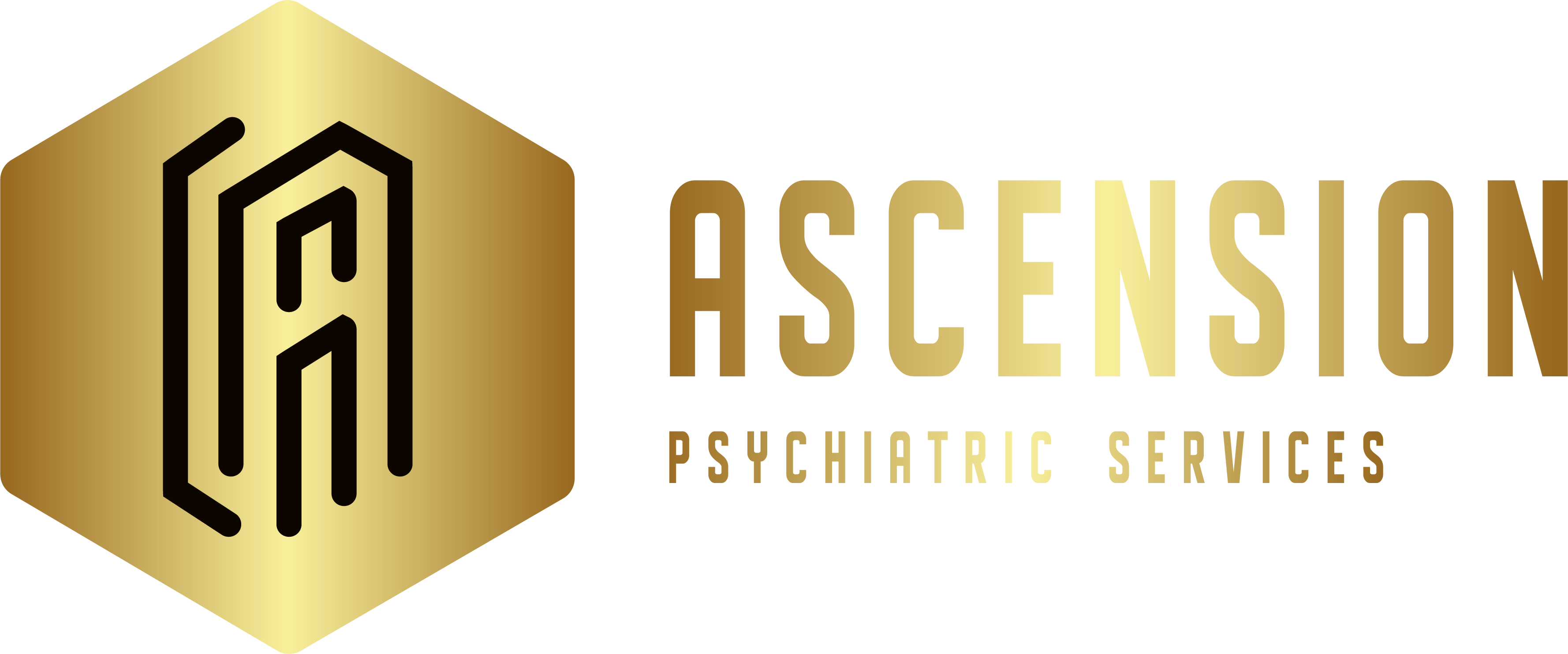
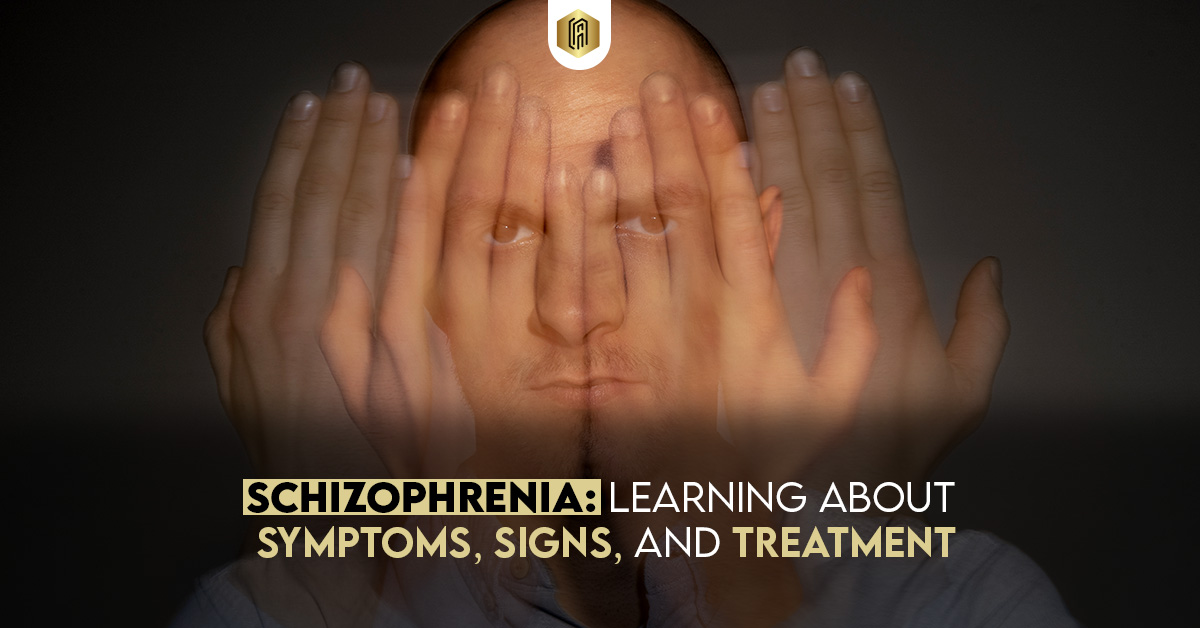

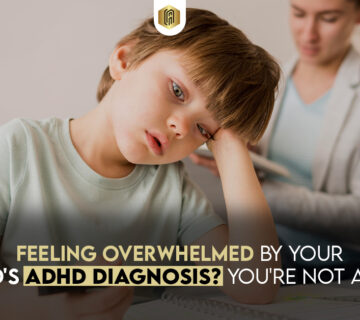
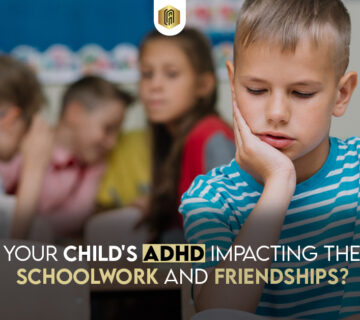
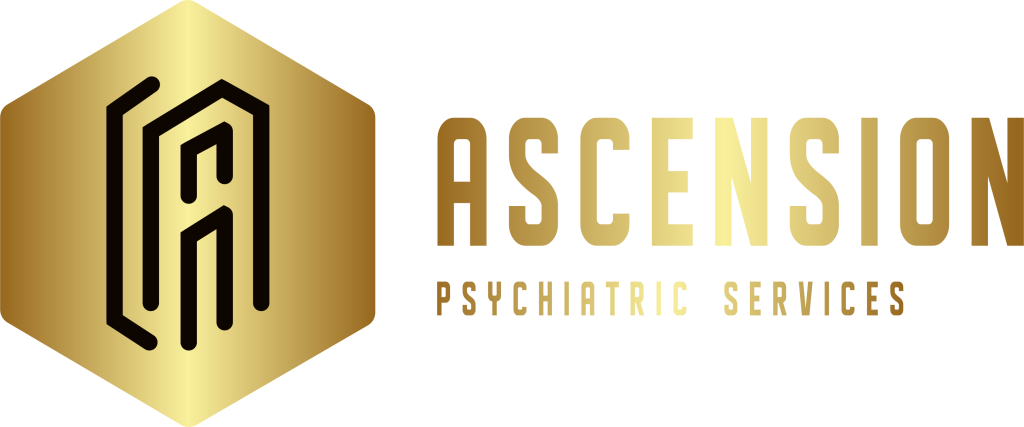
No comment